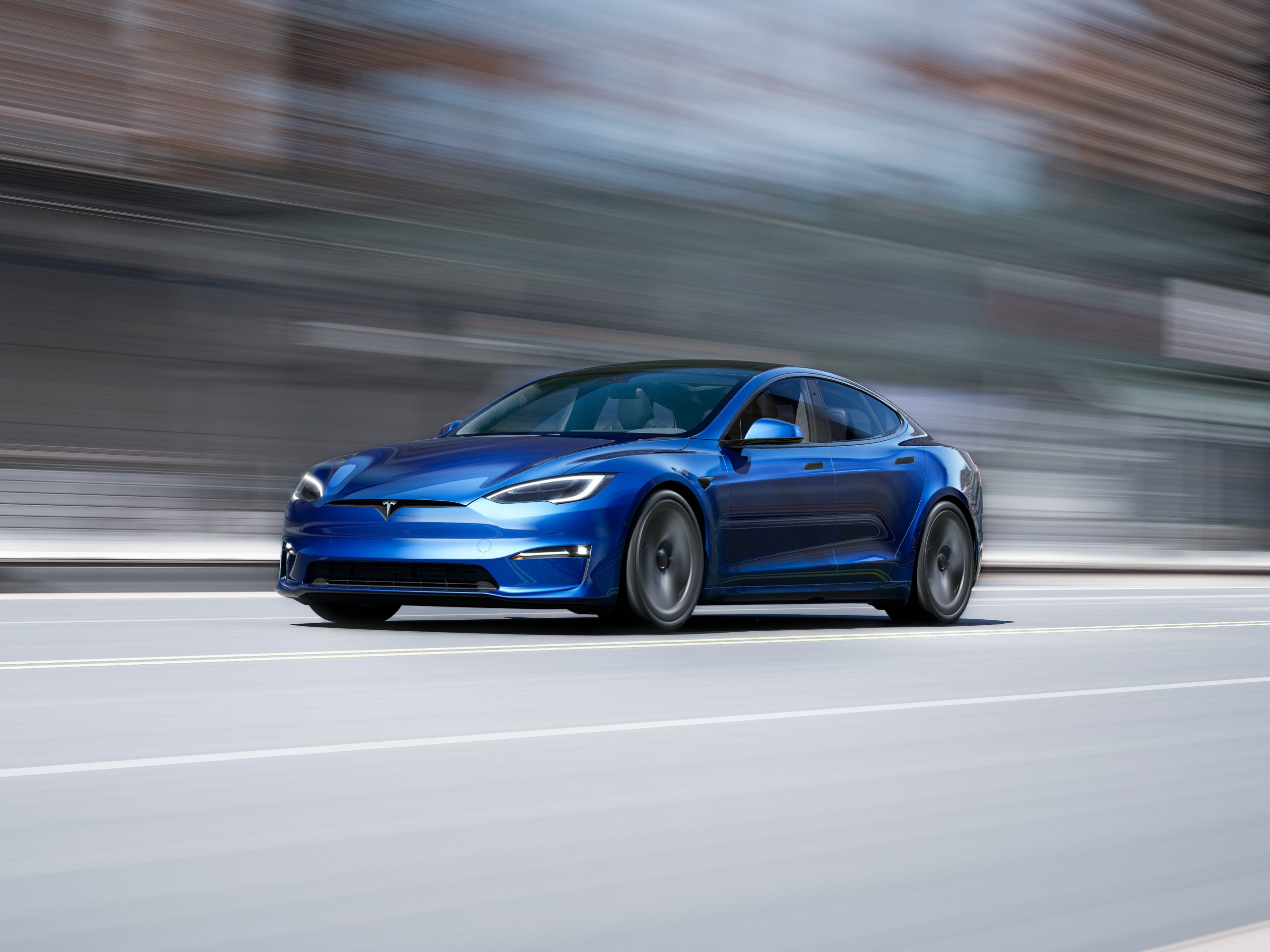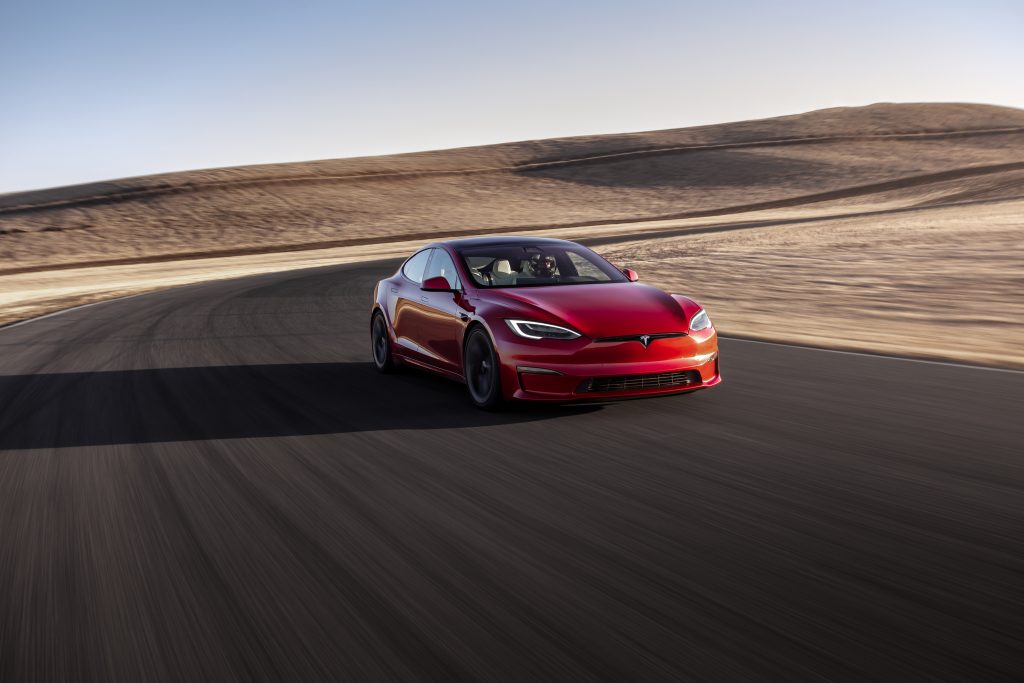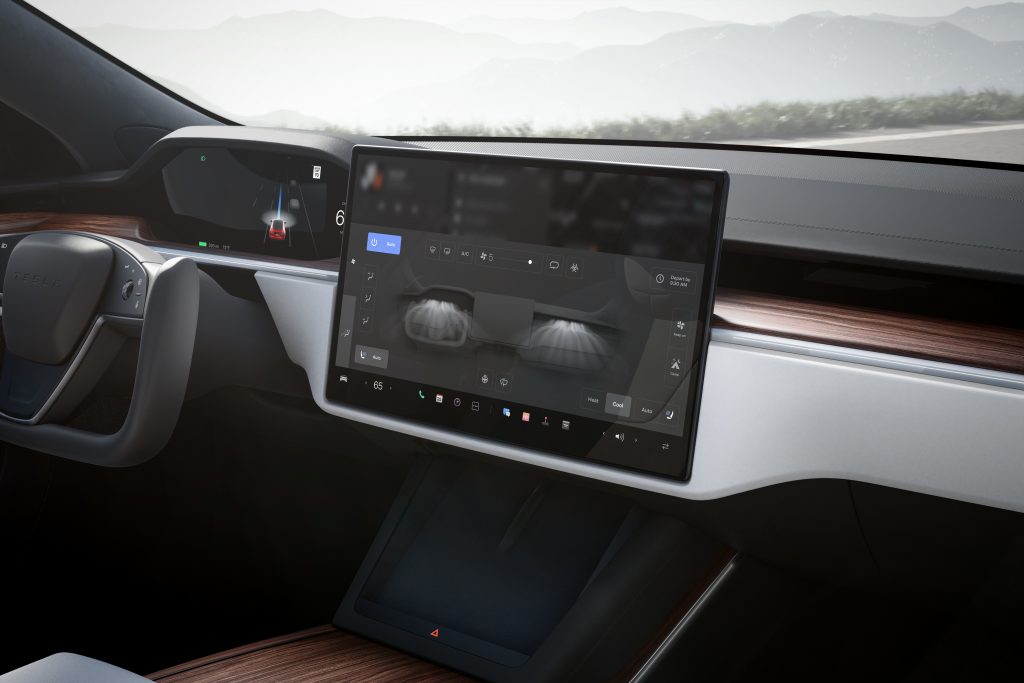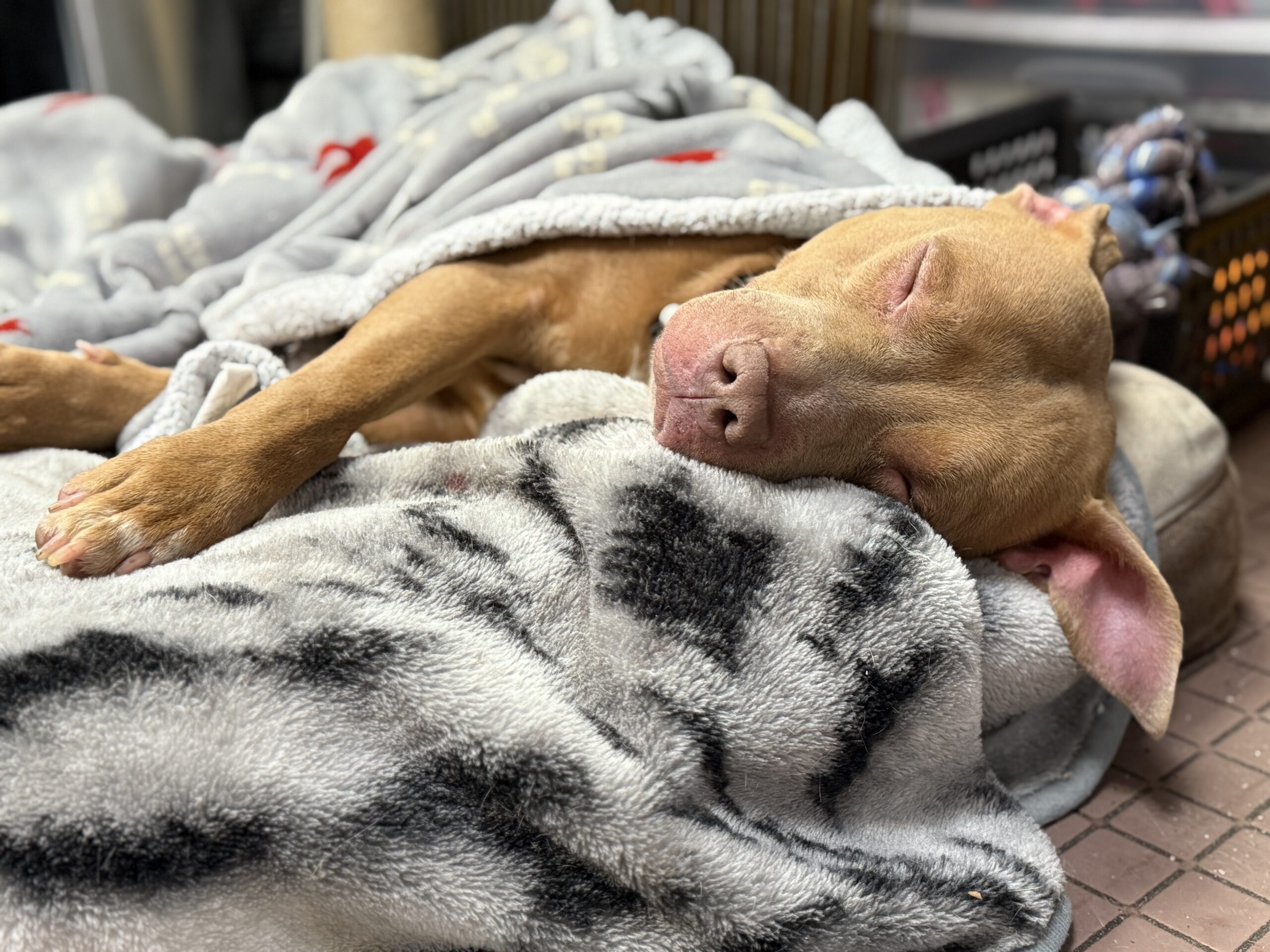Down the Road: 2022 Tesla Model S Plaid

Audio By Carbonatix

Courtesy of Tesla
West Hartford resident John Lyons is an avid car enthusiast and collector. He has consulted in the car industry for nearly two decades and follows the industry and trends closely. He has written for Car Collector, Sports Car Market, Old Cars Weekly, and written auction catalog descriptions for cars with values up to the seven figures that have been published by numerous auction houses. His consulting practice works with estates to assist in selling cars no longer needed by the families.

Courtesy of Tesla
By John Lyons
The Tesla is an unusual automobile. If you’ve driven one, you probably understand this better than someone who has not driven one. There are luxury high-performance cars and high-performance cars. What we rarely talk about on modern cars is technology.
This month’s review is going to focus a lot on technology. Tesla offers it in large quantities. They also offer about the best acceleration performance available anywhere. What they don’t offer is luxury and that often surprises people.
The model S went into production in mid-June of 2012. Outside of the computer control system, it was a fairly basic car by today’s standards with the big differences being it was battery operated, had no internal combustion engine, and had a large center-mounted computer screen for nearly all non-driving functions.
A four-door sedan with great looks, the seats were no more than something one would see in a mid-priced Chevy. Likewise, the brakes were nothing special.
Development had taken slightly less than four years from announcement to first available vehicles. There was a huge waiting list by then with many more buyers than cars. Electric was new and the reported acceleration times were astounding … faster than any other car ever built.
And that was the first-generation Tesla Model S.
The Model S would go through several updates and improvements – cosmetic, tech, and perhaps most importantly, the brakes were improved to better balance and offset the incredible launch power of the car.
Other running updates included larger and higher capacity batteries which improved range as well as technological advancements focusing on greater CPU reliability, and finally, self-driving.
One of the most interesting things about Tesla, and something I love, is their app. You can control many functions from your smartphone including access to the car, range, rate and amount of charging, location of nearest charging station, etc. The owner downloads the app and simply enters their VIN number. The app does all the rest. You can even schedule service or, if needed, roadside assistance.
What puts the Tesla in a completely different class is the technology. What Tesla did to automobile technology is what Apple did for phone tech. In fact, the technology is very reminiscent of Apple in both presentation and function.

Courtesy of Tesla
In the Plaid, which has an MSRP of $135,990, nearly every single control for the car can be navigated from the touch screen located at the center of the console. Obviously accelerating and other driving functions are controlled as you might expect, but even the steering wheel is different on this car.
The driving experience of this car was really interesting.
First, the acceleration. In a word, it is extreme. I literally could have made myself carsick as the car simply is faster than my average brain can comprehend.
It is ridiculously fast. It has a stated acceleration time from 0-60 in under two seconds. That is about half the time it will take you to read this sentence. The car just keeps going too – hitting 150 miles per hour in just over nine seconds.
In previous generation S’s, I found the braking to be substandard when full regenerative braking was off, and average when regen braking was on. This car improves on both fronts, and it is a well-timed improvement.
Regenerative braking is appearing more and more on hybrids and full electrics. It does just as it sounds – uses electric generation to slow the car so if going down a long hill, the car is actually charging and adding miles to its range. It is also NOT using the existing brakes (or wearing them out) so brakes last way longer if regen is used correctly and consistently.
One should learn how to drive with regen braking on as it can cause the inexperienced driver to be a bit “herky-jerky.” I rode in a Model 3 Uber recently and the driver did not know how to use the braking system. By the time I arrived at my destination, I couldn’t get out of the car fast enough.
It takes some learning and for your passenger’s sake, please take the time to learn how it works.
Tesla also developed an ingenious mechanism for handling your Tesla Plaid: The yoke.
The yoke is a control wheel, something you would expect to see in an aircraft. It makes driving the Tesla Model S a unique experience. I found there are plusses and minuses to it.
You have much better instrument visibility. Very often, if the steering column is not adjustable and the person is just the wrong height, they can’t see some or most of the instruments including the speedometer. The yoke removes obstructions from the equation for all drivers.
A negative it is grabbing nothing when making sharp turns. I found myself grabbing air once or twice when maneuvering.
The turn signal location is now on the wheel itself with touch sensitive buttons. I had to glance to find them but got used to it as I used the car more. I did hit them by accident once or twice but the real challenge was when taking a turn and trying to signal with the wheel upside down. It happened while pulling out of a parking space near the lot entrance and it was like trying to solve Rubik’s Cube.
The horn operates similarly with a small touch-sensitive button which I missed a couple times and hit by accident a couple times. Again, it takes some getting used to.
Another complete change (even for Telsa) is the elimination of the gear shift lever. For years, Tesla had used what I always thought to be an off-the-rack column-mounted Mercedes-Benz shifter. For anyone reading this who owns a Mercedes-Benz with that shifter, they will understand how it works: You simply put your foot on the brake and shift down for drive, up for reverse, and push the button on the end of the stalk for park.
Tesla eliminated that in the new Model S. Now the car anticipates which direction you want to go and automatically engages the gear it THINKS is correct. It is no time for a driver to be distracted or absent-minded. There is a control on the screen where the driver can override this function and choose their direction.
That is a lot to assimilate for someone’s first drive, even someone who has owned or driven Tesla automobiles in the past. This is the type of car that requires some time to drive which I was not able to get due to short availability of the car for testing purposes.
Tesla is increasing the colors offered and this car is not the standard white, red, or medium blue it seems like all the earlier S’s were. Three additional colors being made available on the app are Deep Crimson, Abyss Blue, and Mercury Silver.
The name “Plaid” has nothing to do with the color of the car. Elon Musk chose the name as a kind of joke – playing homage to the movie “Spaceballs.”
The Plaid I drove I believe was Abyss Blue – and it looked great in a sinister sort of way.
It’s a very comfortable car. Getting in and out is easy, the seats are comfortable and supportive. They are very significantly improved over the 2013 model which was the last Model S that I got to drive.
The fit and finish is excellent, contemporary, and simple. The large control screen is mounted horizontally and the instrument panel behind the yoke gives a vast array of information. The car “wakes up” when you approach and pressing on the brake pedal activates the transmission.
Beyond the driving experience is range. In electrics, range is everything. Charging takes time and charging stations are not nearly as numerous as gasoline stations.
The Plaid range is 396 miles on a full charge. There is what I call “breakage” in that you do lose miles when driving due to A/C usage, winds, and other factors. Actual range is probably closer to 325 and Tesla recommends that you do not “push it” range-wise as damage to the batteries can occur.
Charging time is about 75 minutes at a Tesla Supercharger and a properly equipped home charger can charge the car fully overnight.
If considering a Tesla purchase, do your homework ahead of time. It is a completely different ownership experience and ensuring maximum battery life (and enjoyment) requires some study and learning.
In the end, it is a real enthusiast’s car in what by today’s standards is a much tamer looking sedan design.
I’ll see you down the road …
Follow John on Twitter (@hartfordland)
West Hartford resident John Lyons writes a monthly column reviewing cars and talking about the industry. He will also provide tips for those purchasing a car to help readers get the best deal.
A version of this column appeared in the August issue of West Hartford LIFE.
Like what you see here? Click here to subscribe to We-Ha’s newsletter so you’ll always be in the know about what’s happening in West Hartford! Click the blue button below to become a supporter of We-Ha.com and our efforts to continue producing quality journalism.



